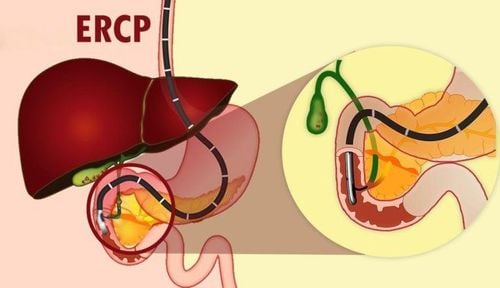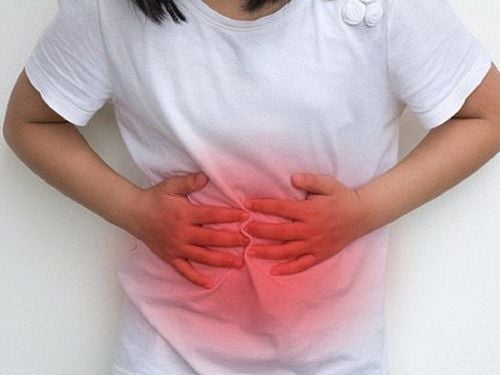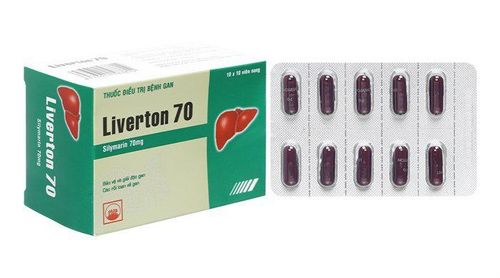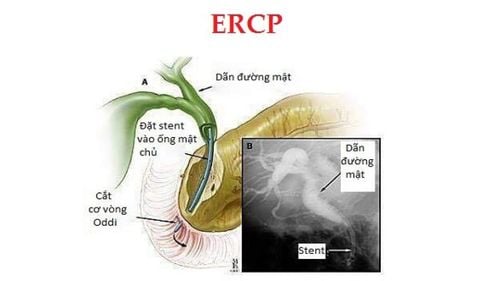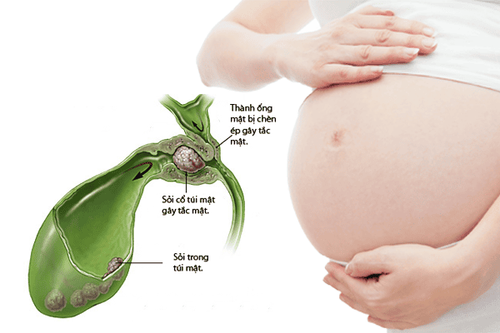This is an automatically translated article.
The article is professionally consulted by Master, Doctor Nguyen Ngoc Thang - Department of General Surgery, Vinmec International Hospital Da Nang.Endoscopic retrograde cholangiopancreatography (ERCP) is an endoscopic technique of duodenum under X-ray light to diagnose and treat a number of diseases of the biliary tract and pancreas. The technique is conducted to insert a catheter into the biliary tract or pancreas through a duodenoscope, through which contrast is injected into the biliary tract or pancreas for the purpose of diagnosing and treating biliary tract disease and pancreatic disease. Endoscopic retrograde cholangiopancreatography is applied in many large hospitals, including Vinmec Hospital. So what are the advantages of endoscopic retrograde cholangiopancreatography at Vinmec?
1. What is endoscopic retrograde cholangiopancreatography?
Endoscopic retrograde cholangiopancreatography (ERCP) is performed by a gastroenterologist or surgeon who has specialized training in the technique. The scope is a long, flexible tube with a light and camera on the end. Because the procedure involves sedation or general anesthesia, the patient will be consulted by an anesthesiologist before the procedure.Endoscopic retrograde cholangiopancreatography is the endoscope is inserted into the mouth, through the esophagus, stomach, and then to the place where the bile duct empties into the duodenum; This is called the duodenal papilla. A plastic (thin) catheter is inserted into the bronchoscope to reach the tip of the tube and then into the duodenal papilla and the bile duct. Next, your doctor will inject contrast material into your bile ducts and take an X-ray. By examining the bile ducts in this way, obstructions, gallstones, tumors, or duct abnormalities can all be detected.
If abnormalities are found, the doctor can perform techniques to intervene to treat or improve the condition. For example, if a stone is found, the doctor may dilate or widen the duodenal papilla to remove the stone from the bile duct with a wire. Sphincter papillae are often cut with a cauterizer (with electric current) during the procedure (sphincterotomy), allowing for better drainage of the bile ducts. If there is a narrowing of the bile duct, the doctor will place a short plastic or metal tube called a stent into the narrowing to drain the bile.
2. Indications for endoscopic retrograde cholangiopancreatography?
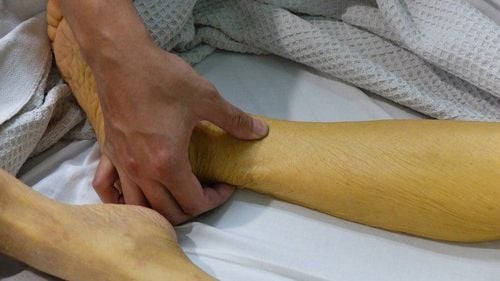
Phương pháp được sử dụng trong trường hợp chẩn đoán vàng da tắc mật ngoài gan chưa rõ nguyên nhân
Extrahepatic obstructive jaundice of unknown cause; Dilatation of the biliary tract; Gallstones with dilated common bile ducts; Cholangiocarcinoma; Oddi motor dysfunction; Pancreatic duct dilation. Endoscopic retrograde cholangiopancreatography treats the following diseases:
Removal of common bile duct stones in case of common bile duct stones; Removal of pancreatic stones; Oddi muscle amputation; Nasal bile drainage; Biliary stent placement in cases of hilar cholangiocarcinoma, extrahepatic cholangiocarcinoma when surgery is no longer possible, benign biliary stricture, large bile duct stones that cannot be removed immediately, stones common bile duct, but patients in severe condition do not allow stone removal, biliary tract infections need to be drained; Placement of a pancreatic stent.
3. Possible Complications After ERCP
Most ERCPs are performed safely and without problems. Some people have a mild sore throat a few days later. You may feel tired or drowsy for a few hours due to the sedation. Uncommon complications include: damage to the intestines, bile ducts or pancreatic ducts caused by the endoscope causing bleeding, infection and, rarely, perforation.If the following symptoms occur within 48 hours of ERCP , see your doctor for re-examination:
Abdominal pain - especially pain that is progressive, severe and of a nature different from heartburn, common indigestion; Fever; Shortness of breath; Vomiting/vomiting blood; Pancreatitis: This complication can be serious in some cases.
Please dial HOTLINE for more information or register for an appointment HERE. Download MyVinmec app to make appointments faster and to manage your bookings easily.




